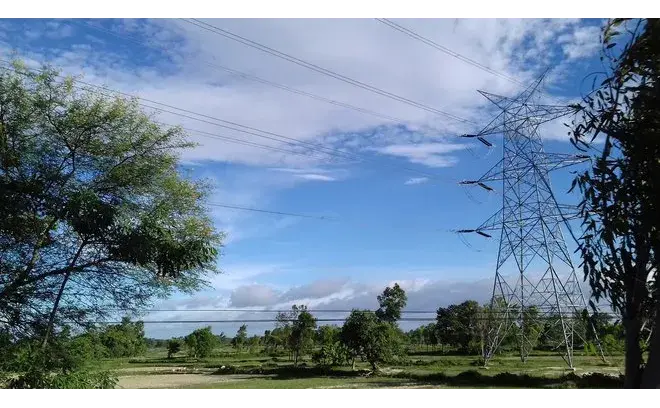The cost of easing access to electricity
Published by

Research by Gaurav Bhatiani and Harsha Meenawat of IL&FS reviews three important interventions which could contribute to rural household electrification in Rajasthan: grid electrification; solar microgrids; and diesel microgrids.
Access to electricity is critical for a modern economy, and a key driver of social and economic development. Lighting, health, education, productivity, labour participation, enterprise development and income generation, all improve when households are provided with access. In India, rural areas had electrification rates of 74% compared to 97% in urban areas in 2016. The Union Government of India has launched several programmes to close gaps in electricity access, such as the Rajiv Gandhi Grameen Vidyutikaran Yojana, the Deen Dayal Upadhyaya Gram Jyoti Yojana, and most recently, the Saubhagya Scheme.
New research commissioned by Tata Trusts and Copenhagen Consensus examines the best ways to close gaps and provide energy to the ‘last mile’ of rural homes that still go without electricity. The analysis, by Gaurav Bhatiani and Harsha Meenawat of IL&FS, is part of the India Consensus project which scrutinizes the costs and benefits of a comprehensive range of policies.
Read more about the research in the Financial Express.

